

Articles
What Is An Extension Ladder
Modified: August 30, 2024
Discover everything you need to know about extension ladders with our informative articles. Find tips, safety guidelines, and the best models for any project.
(Many of the links in this article redirect to a specific reviewed product. Your purchase of these products through affiliate links helps to generate commission for Storables.com, at no extra cost. Learn more)
Introduction
An extension ladder is a versatile and indispensable tool that is commonly used in various industries and households. Whether you need to reach high places for construction, maintenance, or simple tasks like cleaning gutters or painting, an extension ladder provides the height and stability required to get the job done safely. In this article, we will explore the definition of an extension ladder, discuss the different types, examine its components, and provide guidelines for choosing, using, and maintaining this essential tool.
When it comes to working at heights, safety should always be the top priority. Therefore, understanding how to properly use and maintain an extension ladder is crucial. By following the recommended safety guidelines, you can minimize the risk of accidents and ensure a secure working environment.
Additionally, selecting the correct extension ladder for your specific needs is essential to achieve optimal results and prevent potential hazards. With a wide variety of extension ladders available on the market, it’s important to consider factors such as height requirements, weight capacities, materials, and features to choose the most suitable ladder for your tasks.
Lastly, proper maintenance and storage of your extension ladder not only extend its lifespan but also guarantee its structural integrity and reliability. By implementing routine inspections, cleaning, and storage practices, you can prolong the usability of your ladder and ensure that it is always ready for use.
Now that we have set the stage for understanding the importance and different aspects of extension ladders, let’s delve deeper into each topic to gain a comprehensive understanding of this invaluable tool.
Key Takeaways:
- Extension ladders are versatile tools designed to reach elevated heights for various tasks. Choosing the right ladder, following safety guidelines, and proper maintenance are crucial for safe and efficient use.
- Understanding the types, components, and selection criteria for extension ladders is essential for ensuring safety, productivity, and successful completion of tasks at elevated heights.
Read more: What Is A Ladder
Definition of an Extension Ladder
An extension ladder is a type of ladder that is designed to extend and retract for reaching elevated heights. It consists of two or more sections, called fly sections, that can be extended or retracted using a locking mechanism. This allows the ladder to adapt to varying height requirements, providing versatility and convenience. Extension ladders are commonly made from materials such as aluminum, fiberglass, or wood, each offering different benefits and considerations.
The primary distinguishing feature of an extension ladder is its ability to increase in length. This is achieved through the use of overlapping sections, such as base and fly sections, which slide and lock into each other. The base section is the bottom section of the ladder, while the fly section(s) are the additional sections that extend beyond the base. The fly sections usually have rungs or steps that provide a stable surface for climbing.
Extension ladders are available in various heights, ranging from small portable models to large industrial-grade ladders that can reach several stories high. The height of an extension ladder is typically indicated by its “maximum working length,” which is the length it can extend to while still maintaining safety and stability. It’s important to choose a ladder with a maximum working length that meets your specific height requirements, keeping in mind factors such as reach, overhead clearance, and any weight restrictions.
Extension ladders are widely used in construction, home improvement projects, maintenance tasks, and other situations where access to elevated areas is needed. They are commonly found in industries such as roofing, painting, window cleaning, electrical work, and more. The ability to extend the ladder to reach desired heights makes it a practical and convenient tool for a wide range of applications.
Now that we have a clear understanding of what an extension ladder is and its basic functionality, let’s explore the different types of extension ladders available in the market to help you choose the most suitable one for your needs.
Types of Extension Ladders
There are several types of extension ladders available, each designed to cater to specific needs and preferences. Understanding the different types will help you make an informed decision and choose the ladder that best suits your requirements. The most common types of extension ladders include:
1. Aluminum Extension Ladders: Aluminum extension ladders are popular due to their lightweight yet durable construction. They are resistant to rust and corrosion, making them suitable for outdoor use. Aluminum ladders are also relatively more affordable compared to other materials.
2. Fiberglass Extension Ladders: Fiberglass extension ladders are known for their superior strength and electrical insulation properties. They are commonly used in industries where there is a risk of electrical hazards, such as electrical work or working near power lines. Fiberglass ladders are heavier than aluminum ladders but offer excellent durability and stability.
3. Wooden Extension Ladders: Wooden extension ladders are traditional and provide a classic aesthetic appeal. They are sturdy and offer good resistance to impact. However, wooden ladders require more maintenance, such as regular inspections for cracks, splits, or rot, and may not be suitable for heavy-duty applications.
4. Telescoping Extension Ladders: Telescoping extension ladders are a modern innovation that offers compactness and easy storage. These ladders have sections that slide into one another, reducing their length when retracted. They are lightweight and convenient for transportation but may have a lower weight capacity compared to traditional extension ladders.
5. Multi-Position Extension Ladders: Multi-position extension ladders, also known as combination ladders, are versatile ladders that can be adjusted into various configurations. They can be set up as a step ladder, extension ladder, scaffold, or stairway ladder, providing flexibility for different tasks. These ladders are ideal for those who require a single ladder for a wide range of applications.
When choosing an extension ladder, consider factors such as the intended use, maximum working length required, weight capacity, material preference, and any specific safety features or certifications needed for your industry. By selecting the right type of extension ladder, you can ensure a safe and efficient working experience.
Now that we have explored the various types of extension ladders, let’s dive into the different components that make up an extension ladder to further understand its structure and functionality.
Components of an Extension Ladder
An extension ladder consists of several key components that work together to provide stability, strength, and usability. Understanding these components will give you a better grasp of the ladder’s structure and functionality. Here are the main components of an extension ladder:
1. Base Section: The base section is the bottom portion of the ladder. It serves as the foundation and provides stability and support. The base may have rubberized feet or grip pads to prevent the ladder from slipping or sliding during use.
2. Fly Sections: Fly sections are the movable sections of the ladder that can be extended or retracted to adjust the ladder’s height. They are usually located above the base section and connect to each other using rungs, steps, or rails.
3. Rungs or Steps: Rungs or steps are horizontal crosspieces that provide a platform for climbing and standing while using the ladder. They are evenly spaced along the fly sections and offer stability and support.
4. Locking Mechanism: The locking mechanism secures the fly sections in place when the ladder is extended. It typically consists of brackets, locks, or hooks that engage with corresponding fittings on the ladder to prevent unintentional sliding or collapsing of the ladder during use.
5. Pivot Arms: Pivot arms, also known as spreader bars or brace bars, connect the base section to the fly sections. They help maintain the ladder’s structural integrity by providing stability and preventing the sections from moving apart when in use.
6. Rope and Pulley: Some extension ladders feature a rope and pulley system to facilitate the extension and retraction of the ladder sections. The rope is threaded through pulleys and allows the user to raise or lower the fly sections with ease.
7. Handles or Rung Caps: Handles or rung caps are located at the top of the ladder, providing a comfortable grip for users when climbing or maneuvering the ladder. They also serve as protective covers for the ladder’s top rung, preventing damage or wear.
8. Stabilizing Devices: Some extension ladders come equipped with stabilizing devices such as stabilizer bars, outriggers, or anti-slip bases. These features enhance the ladder’s stability and increase its weight-bearing capacity, reducing the risk of tipping or wobbling during use.
These components work together to ensure that an extension ladder is functional, safe, and reliable. Each component plays a vital role in maintaining the ladder’s structural integrity and providing a secure platform for working at height.
Now that we have explored the components of an extension ladder, let’s move on to the next important topic – how to choose the right extension ladder for your needs.
When using an extension ladder, always make sure it is fully extended and locked into place before climbing. Check for any damage or defects before use.
How to Choose the Right Extension Ladder
Choosing the right extension ladder is essential to ensure safety, efficiency, and the successful completion of your tasks. Here are some key factors to consider when selecting an extension ladder:
1. Working Height: Determine the maximum working height you need to reach. Measure the height of the highest point you will be working at, accounting for your own height and any overhead clearance required. Choose a ladder with a maximum working length that exceeds this height to ensure safe and comfortable access.
2. Weight Capacity: Consider the weight capacity of the ladder. Ensure that the ladder can safely support your weight, as well as any tools or materials you may be carrying while working. Check the ladder’s weight rating and choose one that accommodates your requirements without exceeding its limits.
3. Material: Select a ladder made from a suitable material. Aluminum ladders are lightweight, durable, and resistant to rust, making them a popular choice. Fiberglass ladders are stronger, offer electrical insulation, and are ideal for working near electrical hazards. Wooden ladders provide a classic look but require more maintenance and may not be suitable for heavy-duty applications.
4. Size and Storage: Consider the length and size of the ladder, especially if storage space is limited. Choose a ladder that is compact enough to fit in your storage area while still providing sufficient extension to reach your desired working height. Telescoping or multi-position ladders are excellent choices for those with space constraints.
5. Safety Features: Look for safety features such as anti-slip rungs, stabilizing devices, and non-slip feet. These features enhance stability and reduce the risk of accidents while using the ladder. Check for relevant safety certifications or standards to ensure the ladder meets industry regulations.
6. Budget: Consider your budget and choose a ladder that offers the best value for your money. Compare prices, features, and brand reputations to make an informed decision. Remember, investing in a high-quality ladder is an investment in your safety and productivity.
7. Reviews and Recommendations: Read reviews and seek recommendations from professionals or experienced users. Hearing about others’ personal experiences can provide valuable insights into the ladder’s performance, durability, and overall satisfaction.
By considering these factors, you can choose an extension ladder that meets your specific needs and ensures a safe and efficient working experience. Take the time to research and evaluate your options, as selecting the right ladder is crucial for successful completion of your tasks.
Now that you know how to choose the right extension ladder, it’s essential to be aware of the safety guidelines and best practices for using this versatile tool. Let’s explore the safety guidelines in detail.
Read more: What Is An Articulated Ladder
Safety Guidelines for Using an Extension Ladder
Using an extension ladder requires proper caution and adherence to safety guidelines to prevent accidents and injuries. Follow these essential safety guidelines when using an extension ladder:
1. Ladder Inspection: Before using the ladder, inspect it for any signs of damage, such as cracks, bent rungs, or loose components. Ensure that the locks, hinges, and other moving parts are in good working condition. Do not use a ladder that is damaged or faulty.
2. Stable Placement: Place the ladder on a level and stable surface. Make sure the ground is firm, free from debris, and not prone to slipping. Consider using ladder stabilizers or anti-slip pads to enhance stability on uneven surfaces.
3. Proper Set-Up: When setting up the ladder, make sure the base is secure and fully extended. The ladder should extend at least three feet above the point of support. Avoid overextending the ladder beyond its maximum working length, as it can compromise stability.
4. Three-Point Contact: Always maintain three-point contact when climbing or descending an extension ladder. This means having two hands and one foot or two feet and one hand in contact with the ladder at all times. Avoid carrying heavy items while climbing, as it can affect balance and stability.
5. Maintain Center of Gravity: Keep your body centered between the ladder’s side rails and avoid leaning too far to either side. Leaning away from the ladder’s center can cause it to become unstable and increase the risk of falling.
6. One Person at a Time: Do not allow multiple individuals on the ladder at the same time, as it can exceed the weight capacity and compromise stability. Ensure that each person has their own ladder or wait until the ladder is free before using it.
7. Avoid Overreaching: Always work within a comfortable reach range and avoid overreaching. If you cannot reach a particular area, climb down and reposition the ladder closer to the task. Overreaching can cause the ladder to tip over or slip out from under you.
8. Weather Conditions: Avoid using an extension ladder during inclement weather conditions, such as high winds, rain, or icy conditions. These conditions can make the ladder slippery and increase the risk of accidents. Wait for the weather to improve before using the ladder.
9. Work Zone Safety: If you are working near a busy area, mark off the work zone to alert others and prevent accidental collisions. Ensure proper lighting and visibility to avoid tripping hazards and potential accidents.
10. Proper Descending: When descending from the ladder, face the ladder towards the ladder rungs or steps and climb down slowly and carefully. Do not jump or slide down the ladder, as it can lead to injuries.
Remember, safety is paramount when using an extension ladder. Practicing these guidelines will help reduce the risk of accidents and ensure a secure working environment. It’s important to follow local and industry-specific safety regulations to guarantee a safe and successful completion of your tasks.
Now that we have covered the safety guidelines, let’s move on to the proper maintenance and storage of an extension ladder.
Proper Maintenance and Storage of an Extension Ladder
Maintaining and storing your extension ladder correctly is essential to prolong its lifespan, ensure its functionality, and guarantee your safety. Here are some important maintenance and storage practices to follow:
1. Regular Inspections: Conduct regular inspections of your ladder to check for any signs of damage, wear, or loose components. Look for cracks, dents, bent rungs, broken locks, or any other issues that could compromise the ladder’s stability. Replace any damaged parts or the entire ladder if necessary.
2. Cleaning: Clean your extension ladder after each use to remove dirt, debris, and other substances that may accumulate. Use a soft brush, mild detergent, and water to gently clean the ladder. Avoid using harsh chemicals or abrasive cleaners that can damage the ladder’s surface or remove paint coatings.
3. Drying: Ensure that your ladder is completely dry before storing it to prevent rust and corrosion. Dry the ladder thoroughly, including rungs, steps, and other components. Pay extra attention to hinges and locking mechanisms to ensure they are free from moisture.
4. Proper Storage: Store your extension ladder in a clean, dry, and well-ventilated area away from extreme temperatures and direct sunlight. Hang the ladder vertically or horizontally, ensuring it is supported adequately to avoid distortion or bending.
5. Avoid Overexposure: Protect your ladder from prolonged exposure to sunlight, as it can cause the ladder’s material to degrade over time. Consider using a ladder storage cover or shelter when storing it outdoors for an extended period.
6. Avoid Excessive Weight: Do not place heavy objects or store excessive weight on top of your ladder, as it can cause deformation or damage. Keep the ladder’s load-bearing capacity in mind while storing other items nearby.
7. Retain Manuals and Instructions: Keep the ladder’s instruction manual and any relevant documents in a safe place. These resources provide important information regarding proper use, maintenance, and safety guidelines specific to your ladder model.
8. Follow Manufacturer’s Recommendations: Follow any specific maintenance instructions provided by the ladder’s manufacturer. They may include additional care and maintenance guidelines based on the ladder’s materials and design.
By following these maintenance and storage practices, you can ensure that your extension ladder remains in optimal condition and ready for use when needed. Proper maintenance increases the ladder’s longevity and decreases the risks associated with using a damaged or unstable ladder.
Now that we have covered the importance of maintaining and storing your ladder, let’s conclude our discussion on extension ladders.
Conclusion
An extension ladder is an indispensable tool that provides access to elevated areas for a wide range of tasks. By understanding the definition of an extension ladder, exploring the various types, examining its components, and learning how to choose, use, and maintain it, you can ensure its safe and efficient use in your projects.
When selecting an extension ladder, consider factors such as the required working height, weight capacity, material, size, safety features, and your budget. By choosing the right ladder, you can enhance safety, productivity, and overall satisfaction with your tasks.
Adhering to safety guidelines is crucial when using an extension ladder. Conduct regular inspections, ensure stable placement, maintain proper balance and three-point contact, and avoid overreaching. Additionally, consider weather conditions, work zone safety, and proper descending techniques to minimize the risk of accidents.
Proper maintenance and storage of your extension ladder is essential to prolong its lifespan and ensure its functionality. Regularly inspect and clean the ladder, store it in a suitable environment, and follow the manufacturer’s recommendations for care and maintenance.
By following these guidelines and practices, you can maintain a safe working environment, maximize the longevity of your extension ladder, and achieve successful results in your tasks.
Remember, safety should always be the top priority when working at heights. Keep yourself informed about the specific safety regulations and guidelines of your industry and local authorities.
Now that you are equipped with valuable knowledge on extension ladders, go ahead, choose the right ladder for your needs, and confidently tackle your projects with safety, efficiency, and success.
Frequently Asked Questions about What Is An Extension Ladder
Was this page helpful?
At Storables.com, we guarantee accurate and reliable information. Our content, validated by Expert Board Contributors, is crafted following stringent Editorial Policies. We're committed to providing you with well-researched, expert-backed insights for all your informational needs.
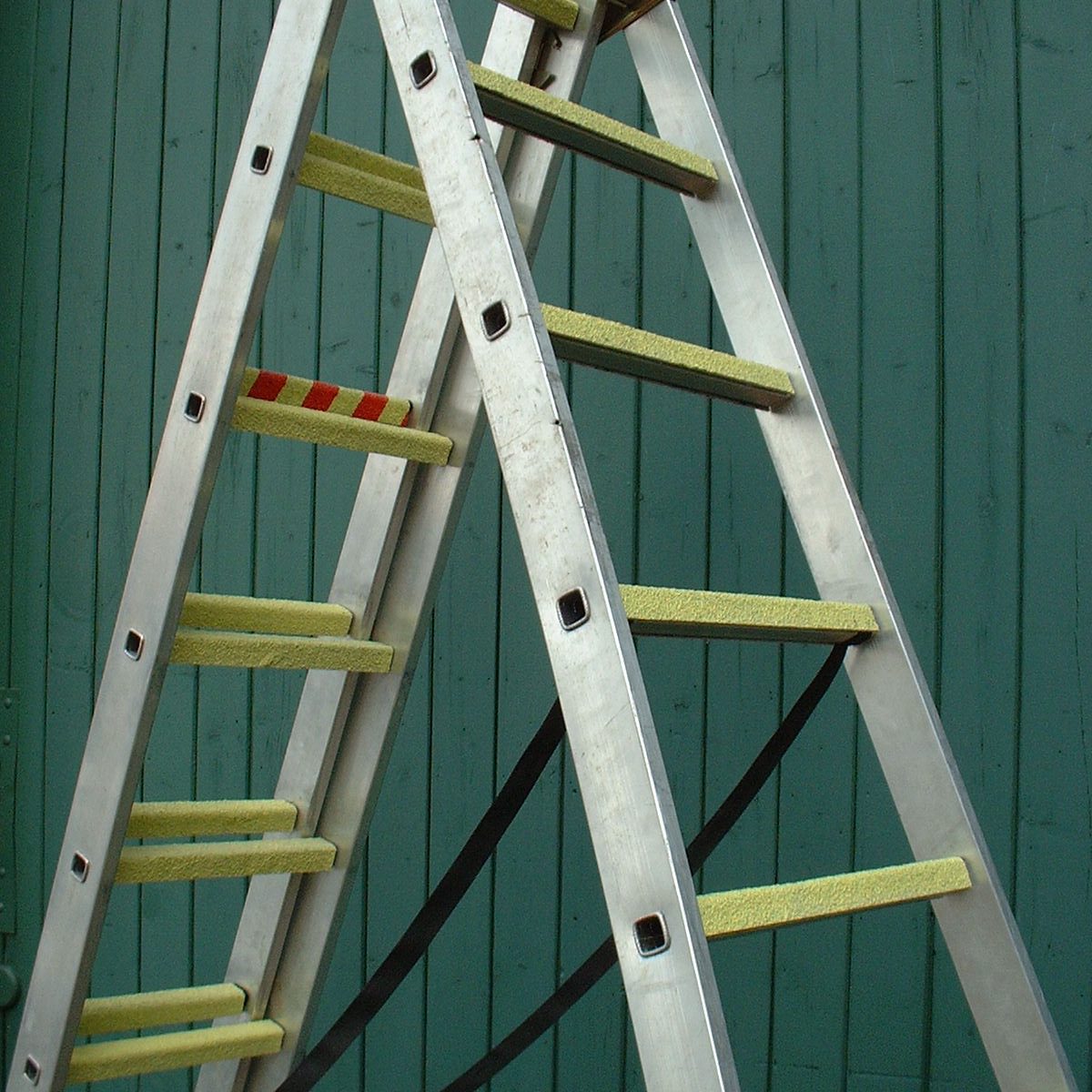
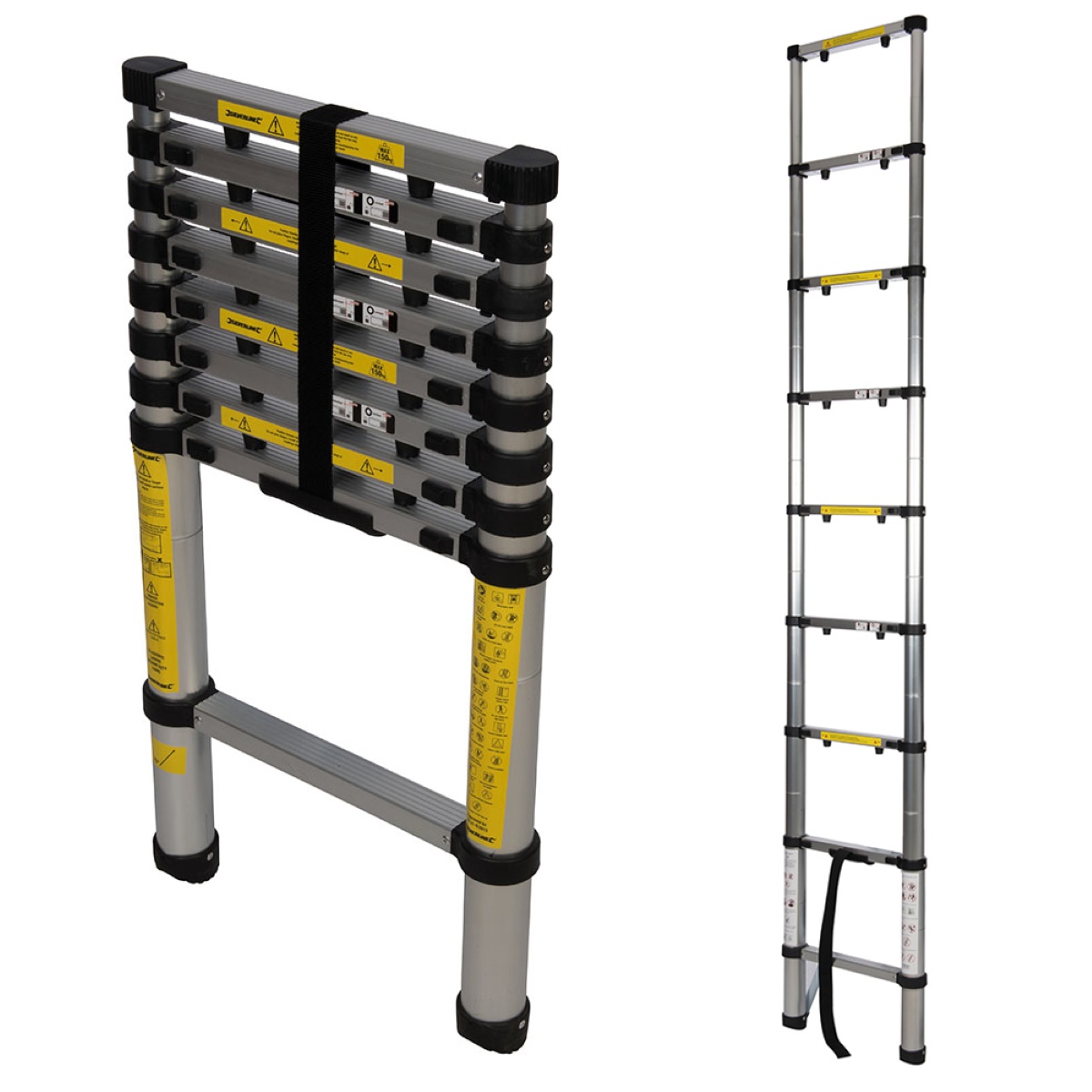
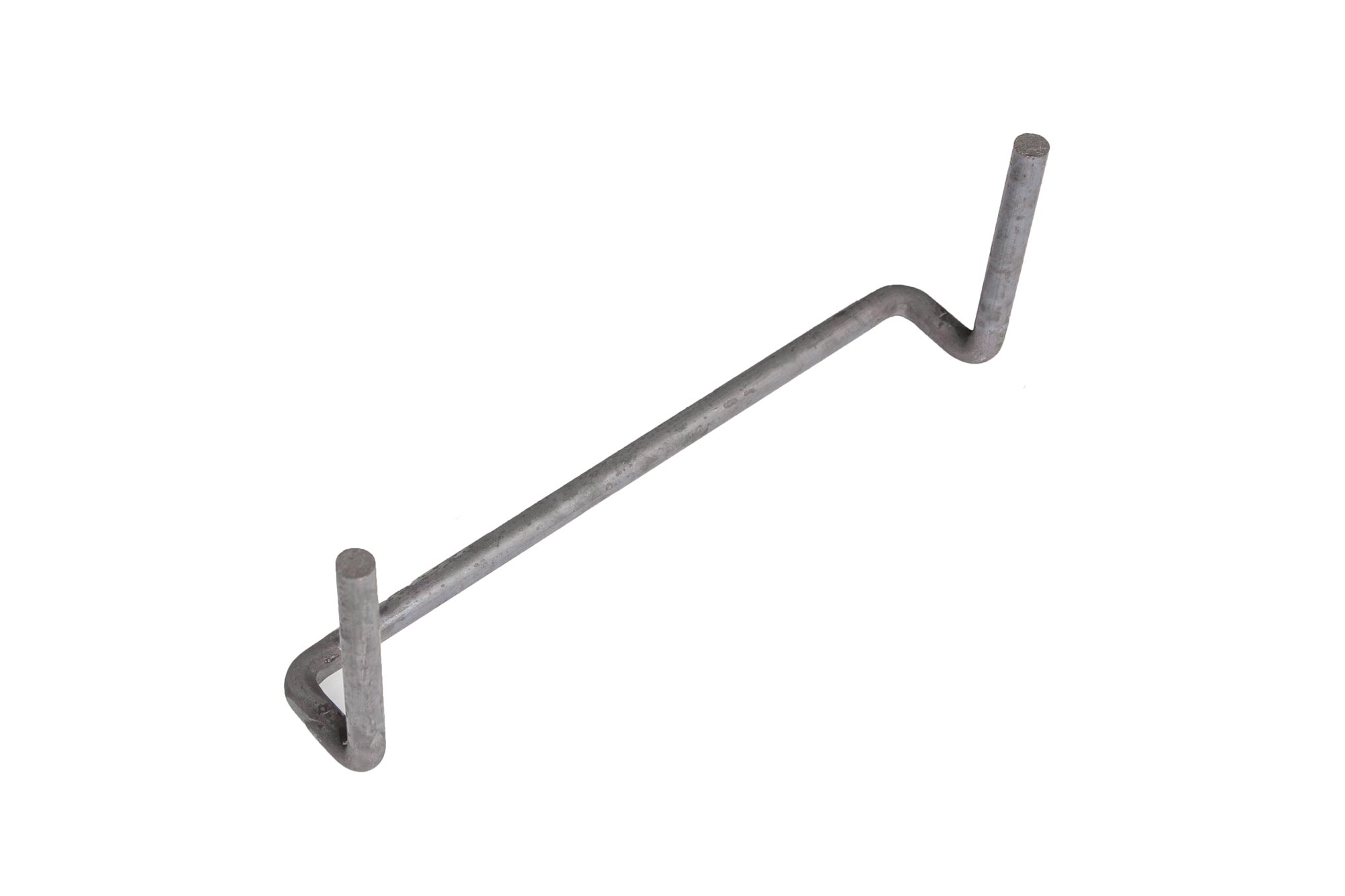
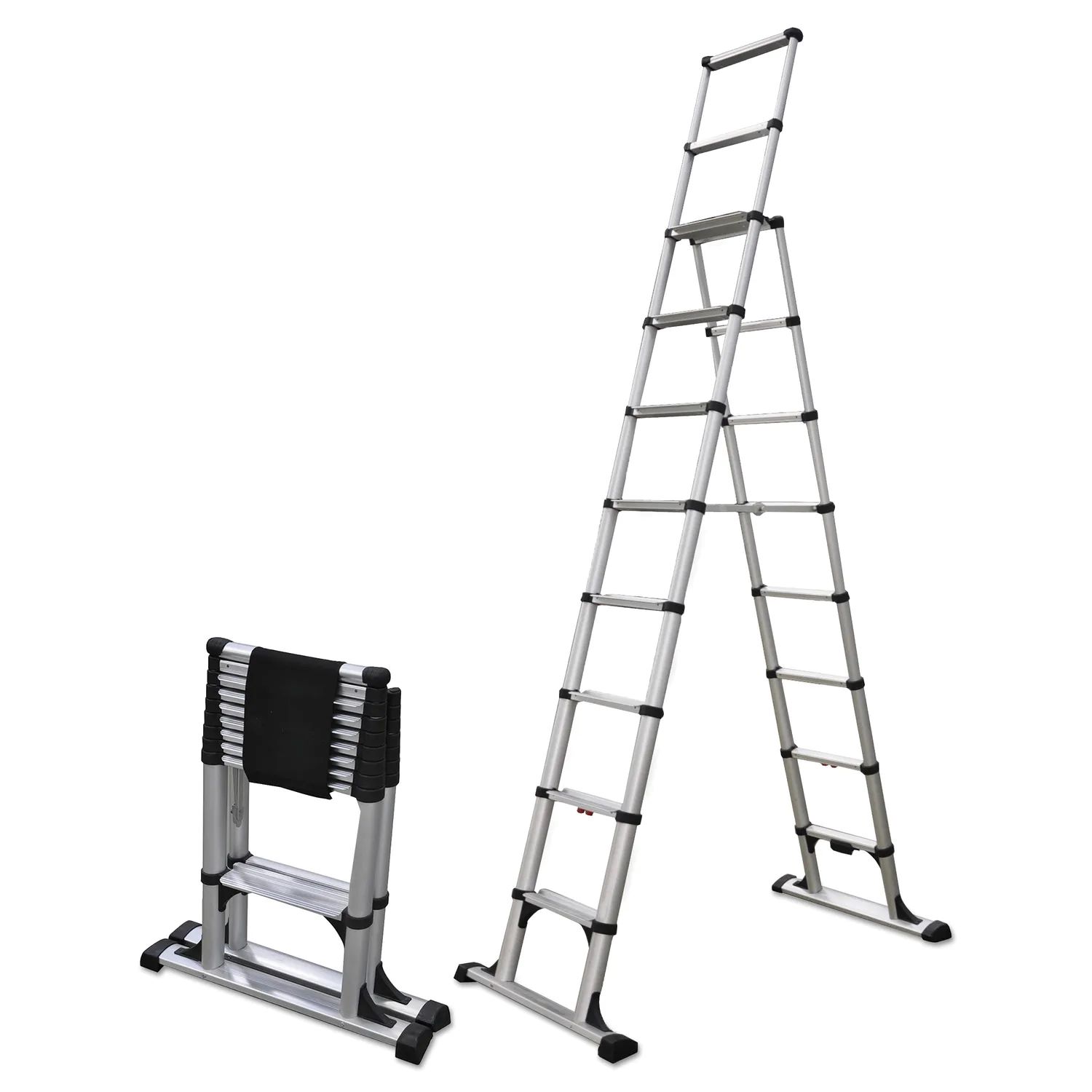



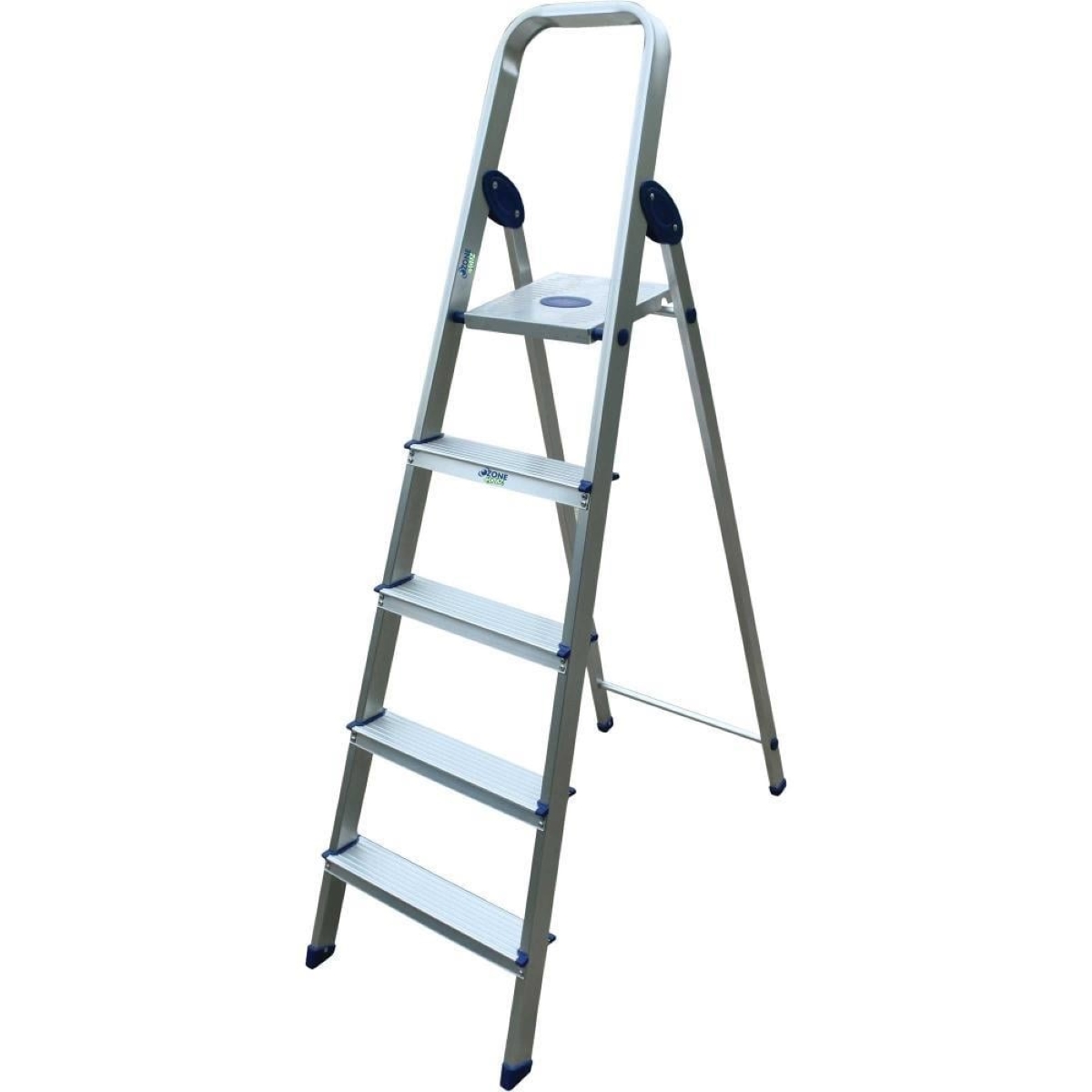
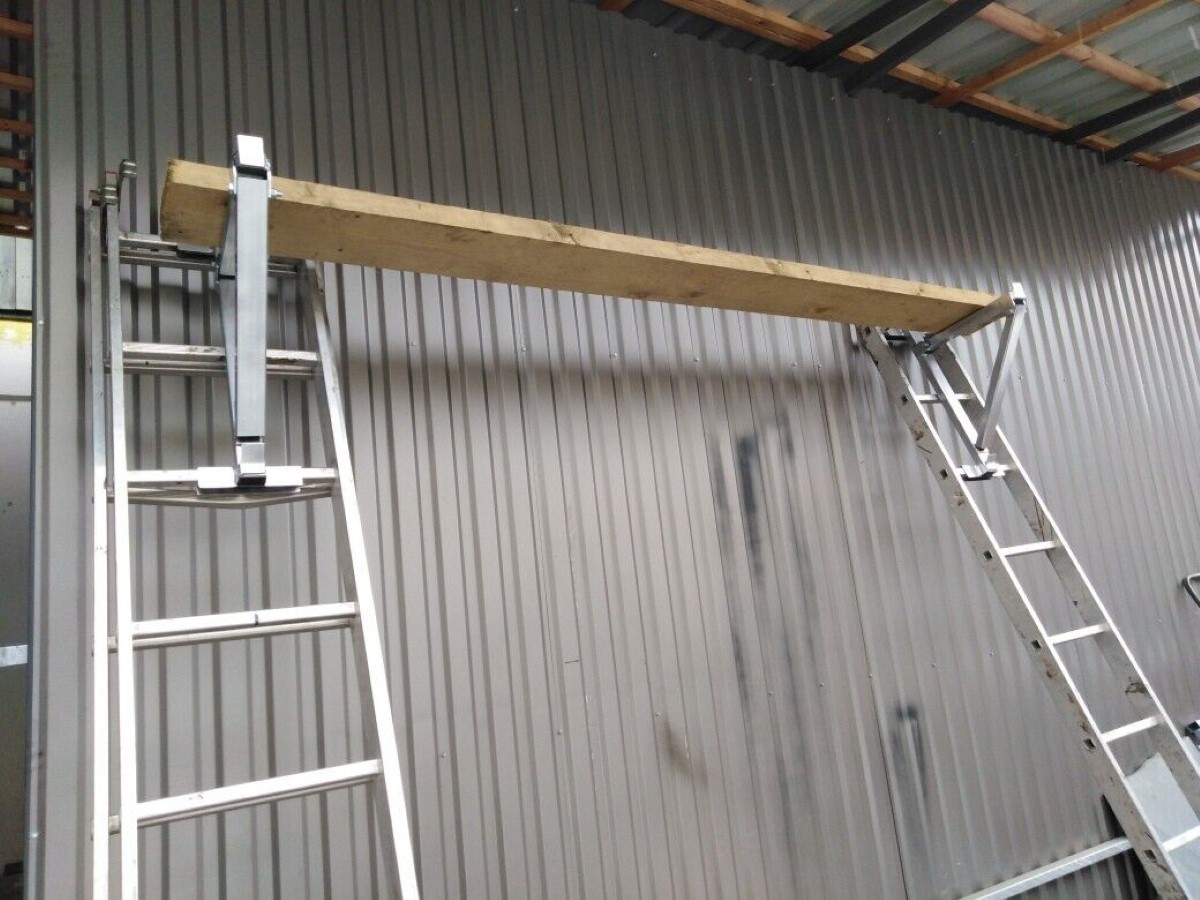

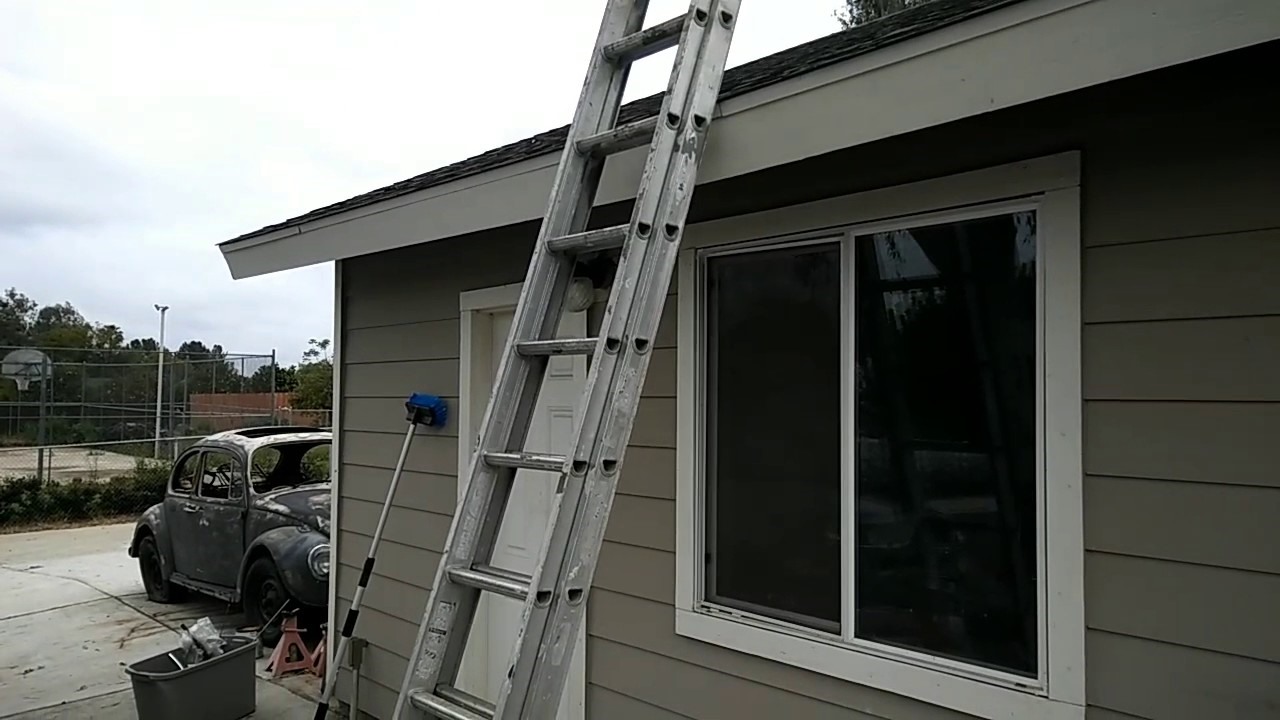
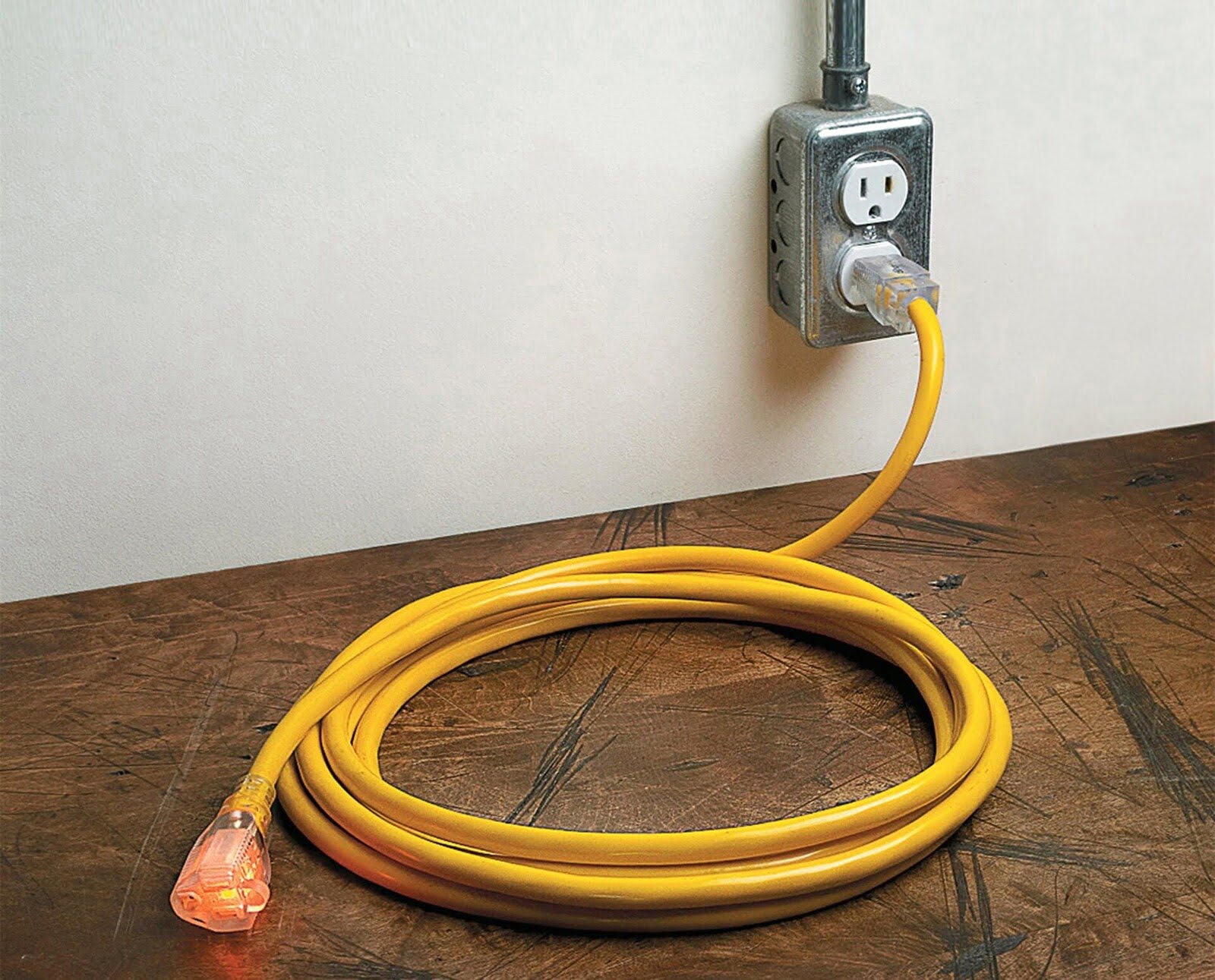
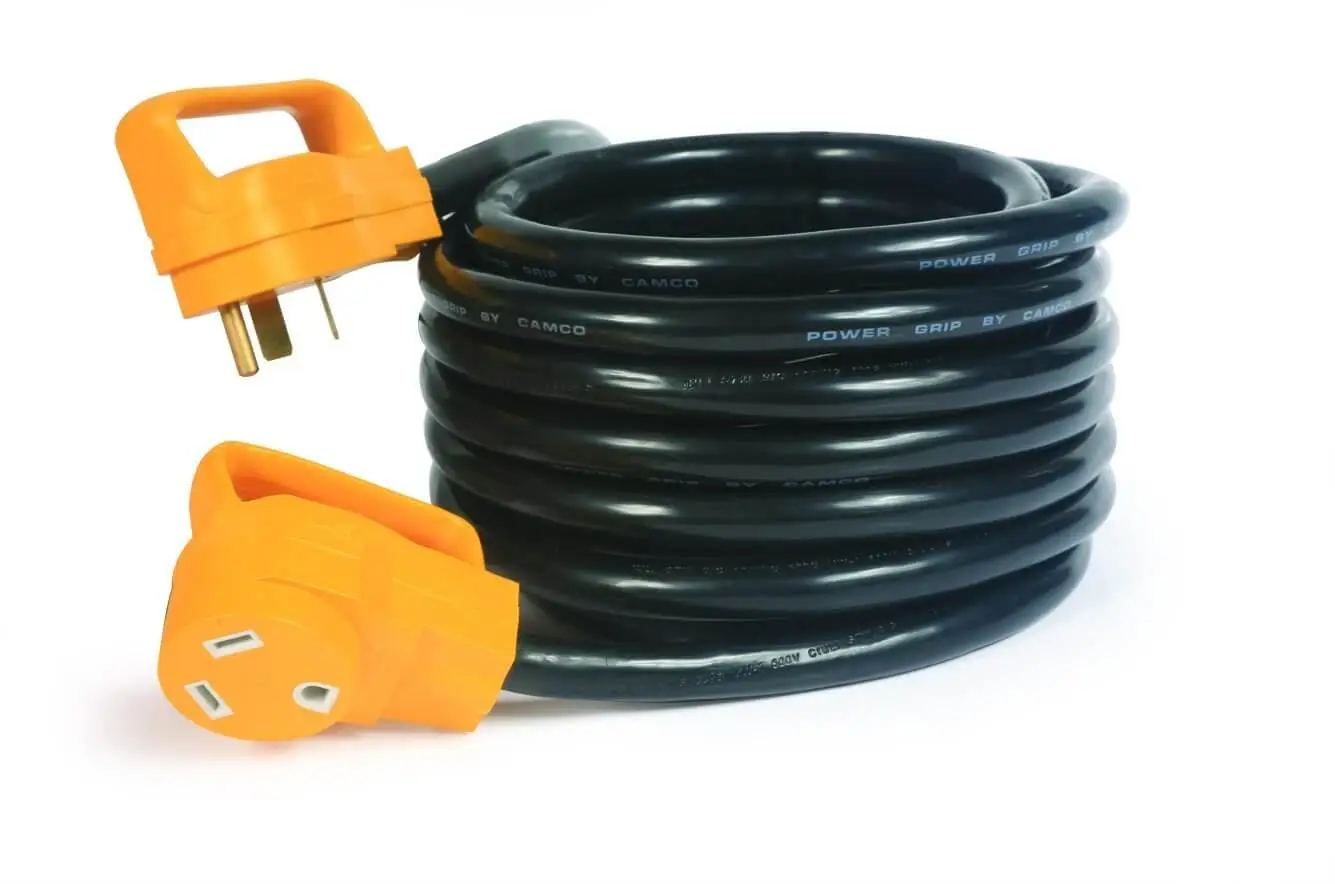


0 thoughts on “What Is An Extension Ladder”